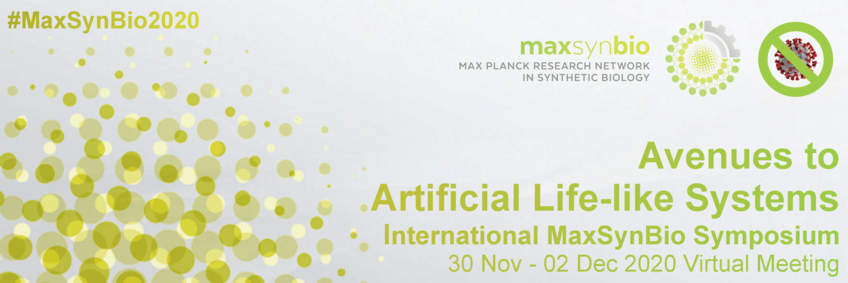
#15 - Liquid Crystal Coacervates: Functional Complex Compartments for Synthetic Biology
Tommaso Fraccia (ESPCI Paris)
Tuesday, 01 Dec 21:15 - 22:00 CET
Access to the BigBlueButton rooom for this Mini Talk via the lists for Monday and Tuesday.
Please make yourself familiar with BigBlueButton before you join the Mini Talk - read the instructions.
Abstract
Title: Liquid Crystal Coacervates: Functional Complex Compartments for Synthetic Biology
Author(s): Tommaso Fracciaa
Affiliations: aESPCI Paris
Abstract: The realization of functional compartments and the implementation of further complexity within them are one of the main goals of synthetic biology. Self-assembly and phase transitions are principal strategies to obtain these compartments. Here we report our recent observations on the assembly of liquid crystal (LC) phases inside complex coacervate microdroplets in mixtures of short dsDNA and cationic peptides [1]. LC coacervates are partially ordered, yet fluid, compartmentalized phases induced by the local increase of dsDNA concentration due to coacervation. Such system reveals a much more complex phase diagram than normal unstructured liquid coacervates and reversibly transitions between each phase state with continuity upon variations in temperature, salt, DNA and peptide concentration. Additionally, the anisotropy of the LC matrix provides peculiar properties to these compartments, such as the enhancement of chemical reactions (e.g. non-enzymatic DNA ligation) [2]; the propension to generate multi-phase compartments with different degrees of order, in turn providing different permeability to guest molecules; and the potential co-evolution of peptides and nucleic acids driven by their cooperative assembly in aligned nematic LC matrices. All these properties can result in more effective, functional and structured model compartments for synthetic biology applications.